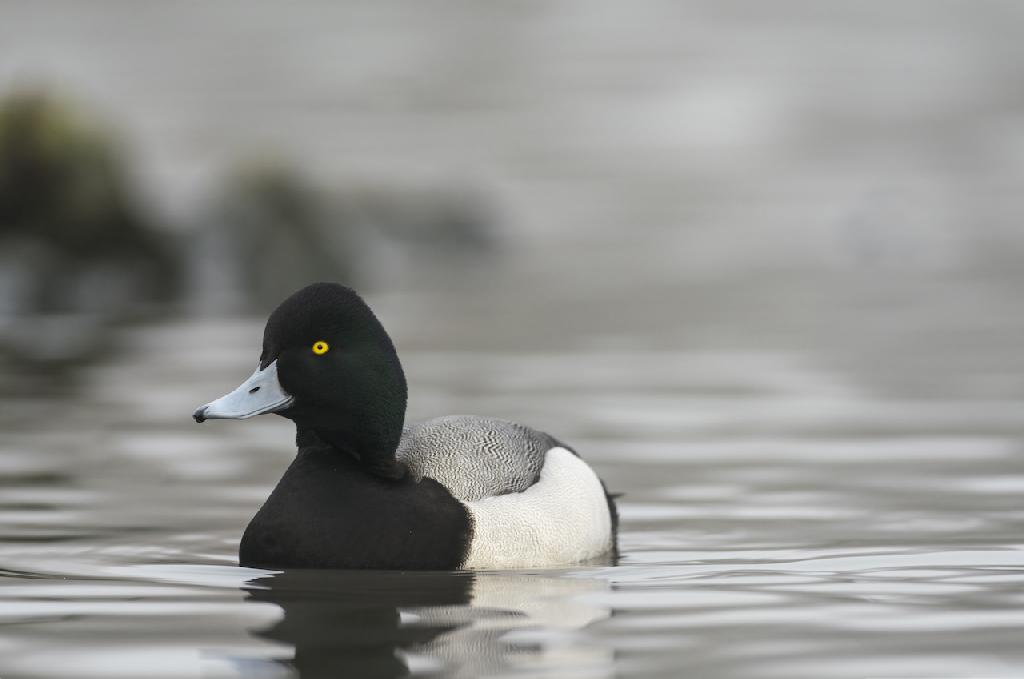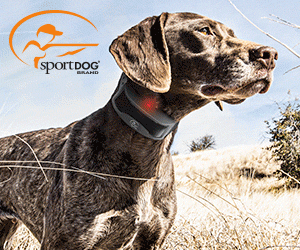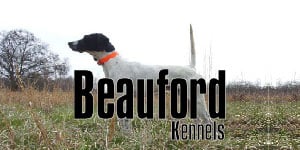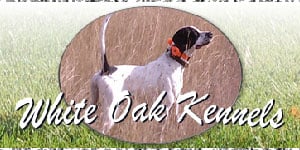Greater Scaup Duck - Duck Hunting - Wetland Hunting
View Recipes | Gamebird Services | Gamebird Hunts | View Photos

Description
They are medium-sized diving ducks with rounded heads. They are 39 to 56 cm long, weigh 726 to 1,360 g, and have a 72 – 79 cm wingspan. The males are black & white at a distance. However, they have a green sheen on their head, a bluish bill, black barring on the back, and a yellow if you are closer.
Females are brown with a darker brown head and a white patch next to the bill, although the white patch varies. Non-breeding males have a mottled brown, gray body and a blackish head.
Habitat
The main habitats are rivers, estuaries, lakes, and salt bays. In summer, these birds prefer bogs and lakes in the semi-open country. However, in winter, lagoons, estuaries, coastal bays, and lakes inland are ideal habitats.
Diet
The main diet is mollusks and plant material. They feed on snails, clams, mussels, oysters, and other mollusks in winter. They can also feed on sedges, grasses, wild celery, insects, and crustaceans in winter. They forage by diving and swimming underwater. Occasionally, they forage by dabbling or up-ending in shallow water. These birds can feed any time of the day or night, with their feeding time affected by tides in the coastal region.
Nesting
Pair formation happens in late winter and early spring. Although several males can court one female, they can throw the head back sharply and give soft calls with exaggerated bowing movements. They can also flick wings, lower their bill tip to the water and give soft whistled notes.
The nest is a shallow depression lined with dead plant material and down. Females choose the nest site and build the nest. It is common for several nests to be close together in a loose colony. Females lay 7-9 olive buff eggs. Incubation is done by females only for 24 to 28 days. Females lead the young to water shortly after hatching. Since the nests are close, two or more broods can join and be tended by one or more females. The young feed themselves, and they are capable of flight after 40 to 45 days.

















